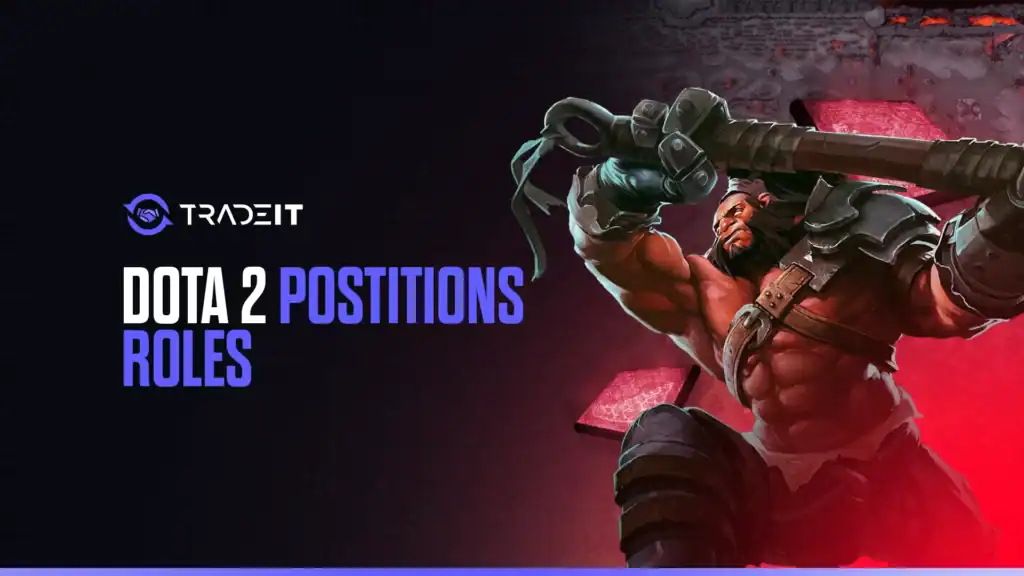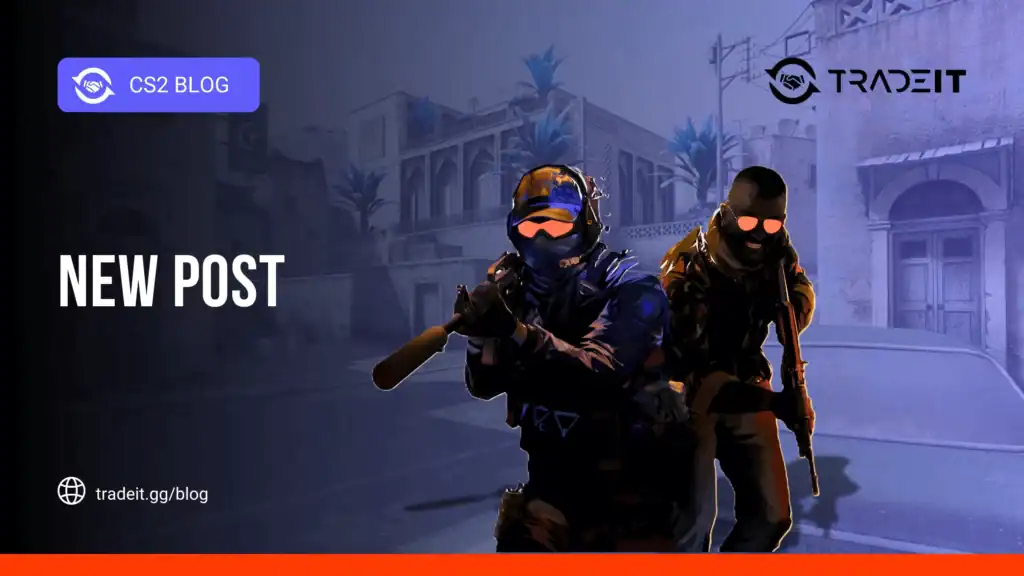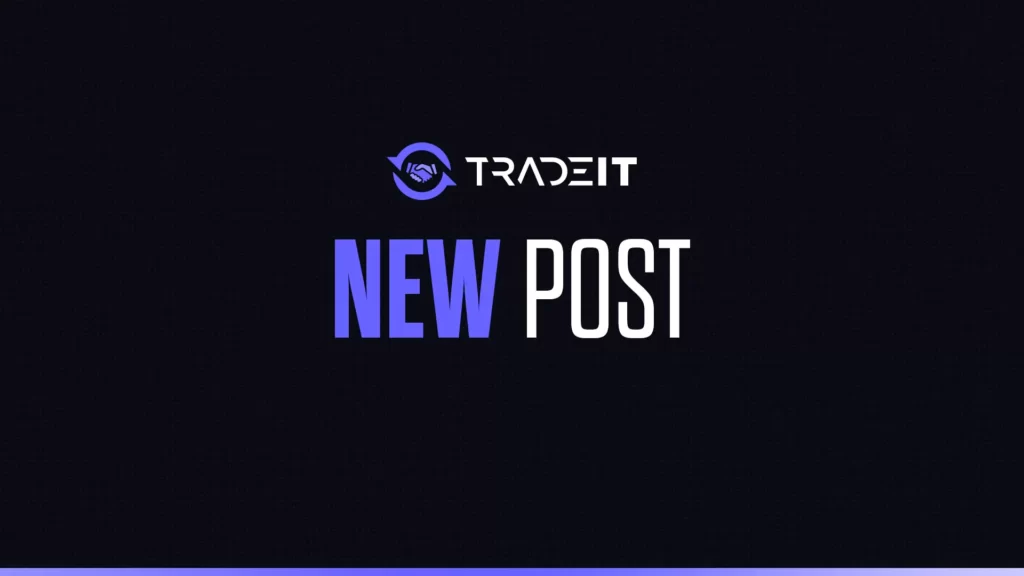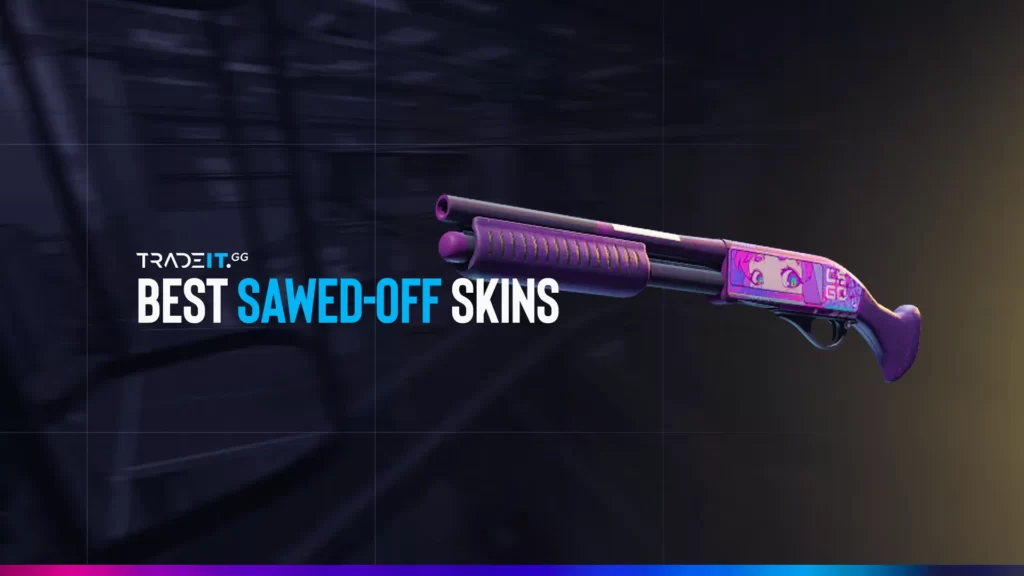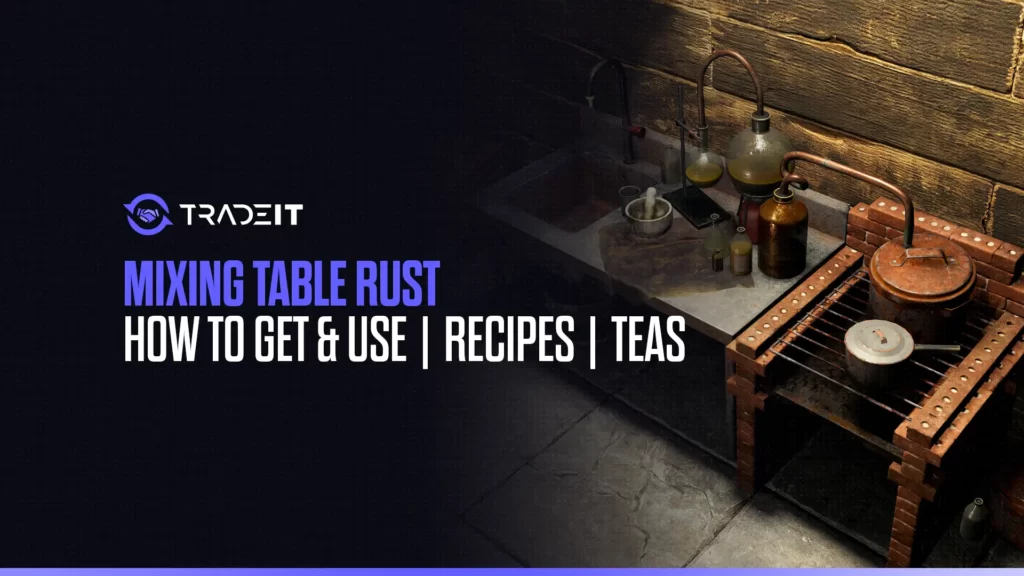Dota 2 is one of the most complex and strategic esports games in the world. Every match is a delicate dance of coordination, timing, skill, and role execution.
Whether you’re new to the game or a high-rank player, learning how the five core positions and roles work is essential to improving your gameplay and understanding how a professional team operates.
Understanding Positions in Dota 2
In Dota 2, there are five player positions, labeled Position 1 through Position 5, which are based on farm priority or how much space and gold each player is expected to receive. These aren’t fixed rules but rather a widely accepted structure used by both pub players and professional teams.
Position 1: The Carry
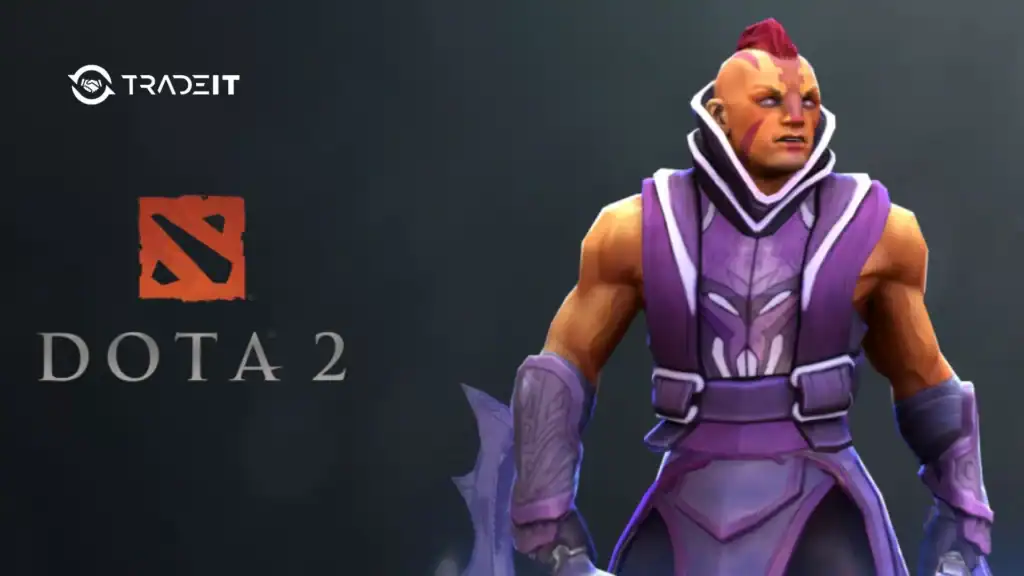
The Position 1 player is the team’s carry or the hero most dependent on items and farm to become powerful. During the early stages of any ranked MMR match, the carry is usually protected by a support and focuses on last-hitting creeps for gold.
Once core items are obtained, the carry begins to join fights and ideally leads the team to victory through overwhelming damage output.
Examples of Carry Heroes:
Position 2: The Midlaner
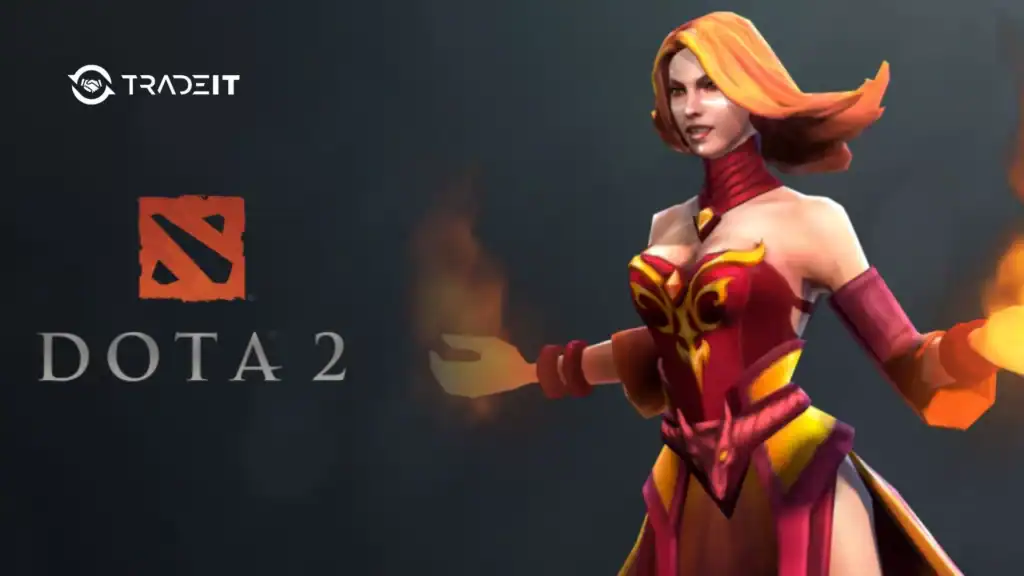
The midlaner plays in the middle lane, which is shorter and allows for faster level gain. This player is expected to have strong mechanics, as mid is often a 1v1 lane that tests individual skill.
A good midlaner not only dominates their lane but also helps secure map control by rotating and killing enemies in other lanes.
Examples of Mid Heroes:
Position 3: The Offlaner
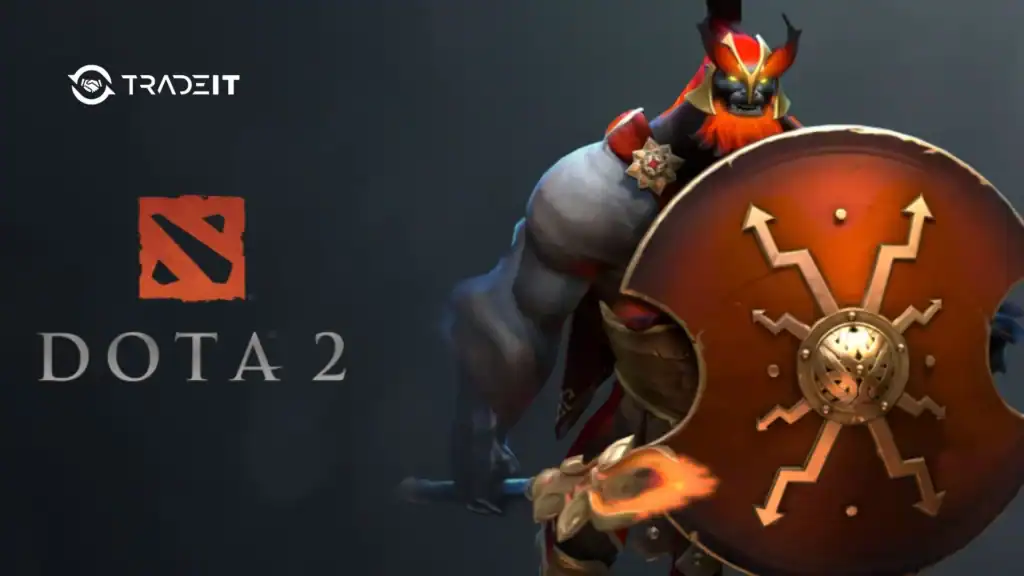
The offlane is the most difficult lane to survive in because the Position 3 player is usually laning against two enemy heroes.
These players often choose durable or mobile heroes that can survive early aggression and contribute to teamfights without needing much farm. A good offlaner buys space for their carry and helps start fights with reliable initiation or crowd control.
Examples of Offlane Heroes:
Position 4: The Roaming Support
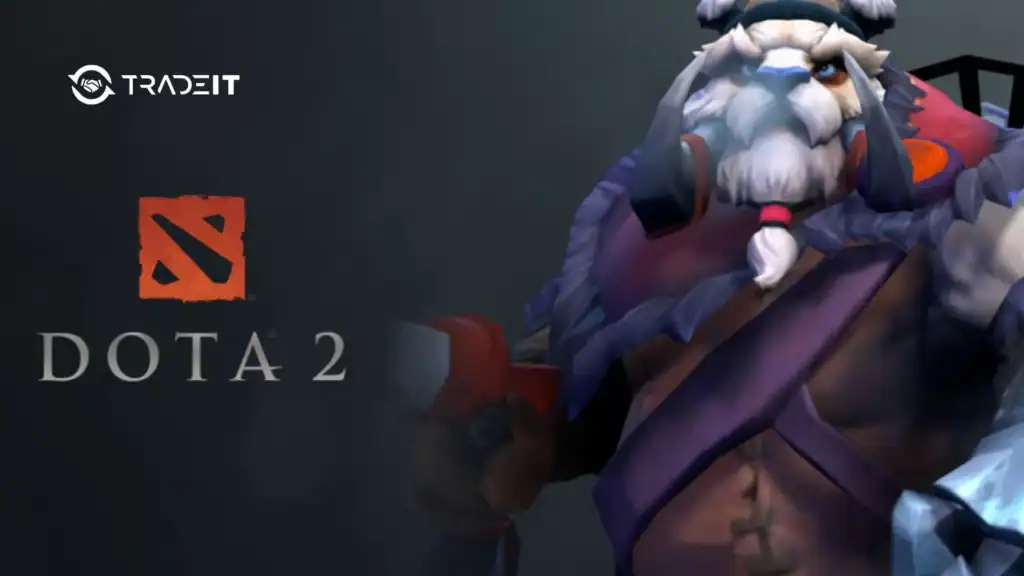
Position 4 support heroes are the playmakers in the early game. They usually have low gold requirements and high impact spells.
Their role is to help win lanes through ganks, secure vision through wards, and pressure the enemy by constantly moving around the map.
While they don’t get much farm, their early-game actions often dictate the game’s tempo.
Examples of Position 4 Heroes:
Position 5: The Hard Support
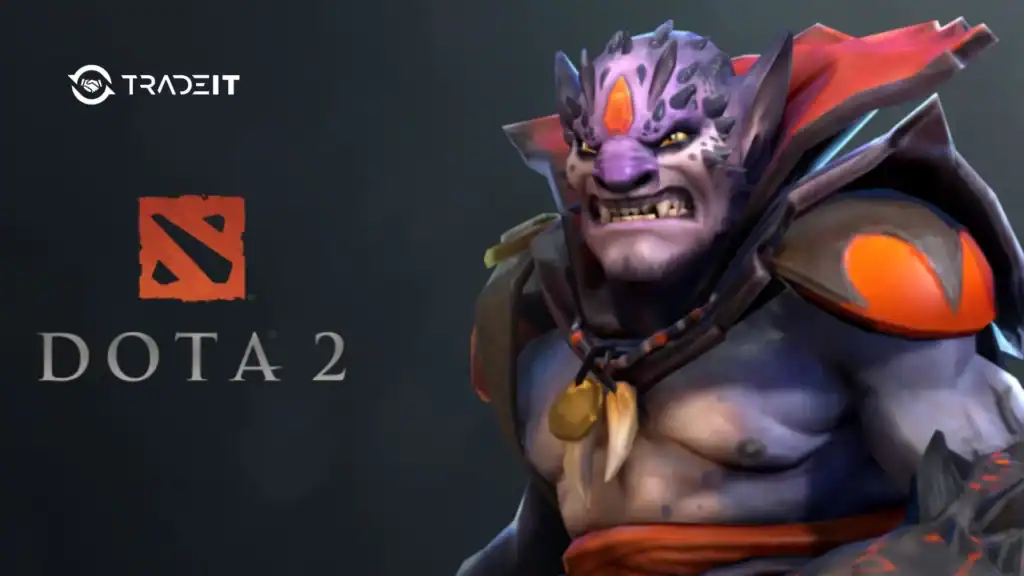
The Position 5 is the lowest farm priority on the team. This player often buys support items like Observer Wards, Sentry Wards, Smoke of Deceit, and Dust of Appearance.
They keep the carry alive in lane, offer healing or crowd control in fights, and are often responsible for making calls or leading the team strategically.
Examples of Hard Support Heroes:
Role vs Position: What’s the Difference?
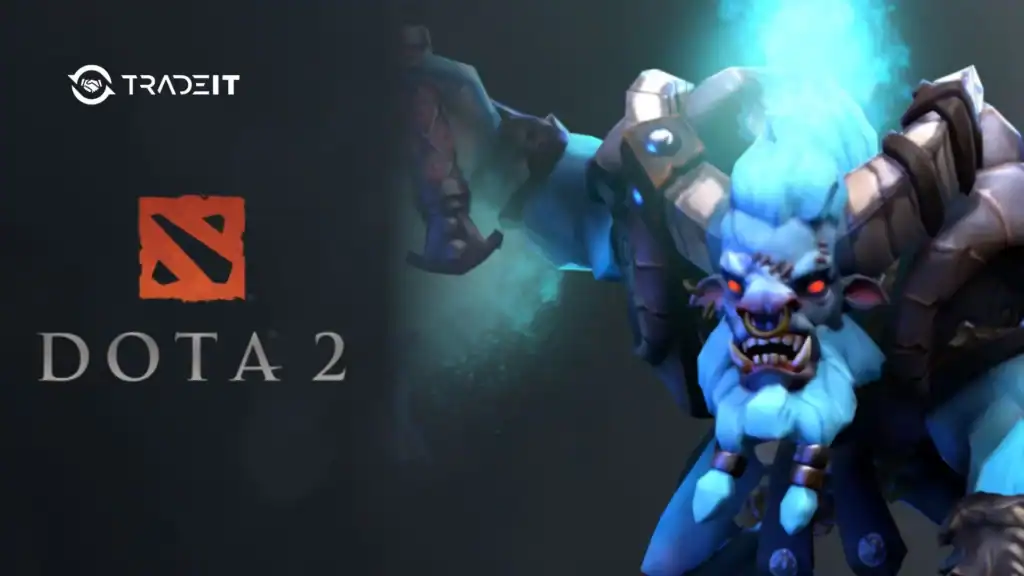
While the five positions help determine who gets farm and experience, roles refer to what your hero actually does in the game. These can shift depending on the draft or playstyle. Here are some common roles across positions:
Some heroes can fulfill multiple roles. For example, Pugna can be a nuker, a pusher, and a support, depending on how he’s played.
Conclusion
Understanding Dota 2’s positions and roles is the first step toward team coordination and game sense. While the game is fluid and players often adapt their roles based on the draft or in-game circumstances, knowing what your position demands helps your team function as a unit.
Whether you’re farming as the Position 1 carry or providing vision as the Position 5 support, your contribution is vital to your team’s success.
FAQs
A position refers to farm and resource priority (1 to 5), while a role describes a hero’s function in the game, like initiator or healer. A single position can play multiple roles depending on the draft.
Yes, especially in lower-level games or chaotic matches. Some supports can transition into cores if they gain unexpected farm or kills.
Because it’s the player with the lowest farm priority and typically responsible for warding, saving teammates, and buying utility items, all while having little to no personal gold gain.
Not necessarily. The midlaner is crucial for early game momentum, but team success depends on coordination. A strong carry or offlaner can easily outshine a mid if the game favors them.
Absolutely. Many heroes are flexible—Lina can be a midlaner (Position 2), a support (Position 4 or 5), or even a nuker, disabler, or pusher depending on items and playstyle.


